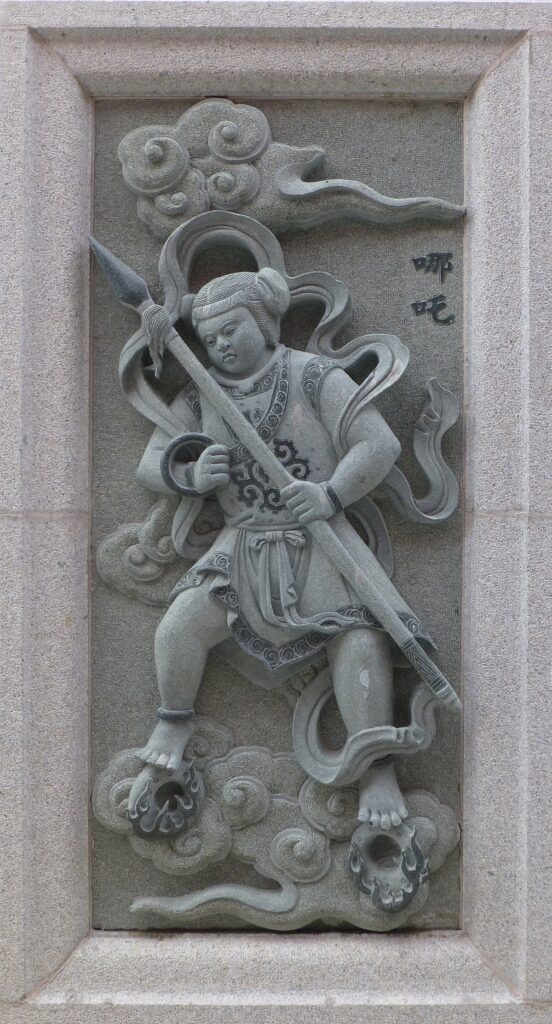The Symbol of Lotus and Resurrection in Mythologies
The concept of rebirth transcends cultures, appearing in both Eastern and Western mythologies. Nezha, the Chinese deity reborn from a lotus, embodies spiritual renewal, much like the Phoenix rising from ashes or Christ’s resurrection in Christian tradition. By examining these myths, we uncover universal themes of death, transformation, and renewal, revealing how different civilizations express the eternal cycle of life.
Nezha’s Lotus Rebirth and Its Symbolism
In Chinese mythology, Nezha’s resurrection through a lotus flower represents purification and enlightenment. After his self-sacrifice, he returns in a divine form, shedding his mortal constraints. The lotus, rooted in mud yet blooming unstained, mirrors his transcendence—echoing themes of resilience and spiritual elevation. This myth contrasts yet parallels Western traditions, where fire (Phoenix) or divine grace (Christ) serve similar transformative roles.
- Purification: The lotus symbolizes detachment from earthly suffering.
- Transformation: Nezha’s rebirth signifies ascension beyond human limitations.
- Divine Favor: His revival reflects celestial intervention, akin to resurrection myths elsewhere.
Western Resurrection Myths: Shared Themes, Different Expressions
The Phoenix’s cyclical rebirth from flames emphasizes destruction as a precursor to renewal—an idea mirrored in pagan rituals celebrating seasonal regeneration. Christianity’s resurrection narrative centers on redemption, with Christ’s return symbolizing victory over death. While Nezha’s rebirth is tied to nature (the lotus), Western traditions often employ fire or divine will, yet all converge on the idea of an exalted second life.
- Phoenix: Death and revival as a natural, eternal cycle.
- Christ: Resurrection as divine promise and salvation.
- Pagan Myths: Rebirth tied to agricultural cycles and lunar phases.
Conclusion: Universal Threads of Renewal
From Nezha’s lotus to the Phoenix’s flames, resurrection myths reveal humanity’s fascination with transcendence. Whether through natural symbols (lotus) or divine acts (Christ), these stories affirm the cyclical nature of existence—destruction paving the way for renewal. Despite cultural differences, the core message endures: rebirth is not an end, but a transformation into a higher state of being.


